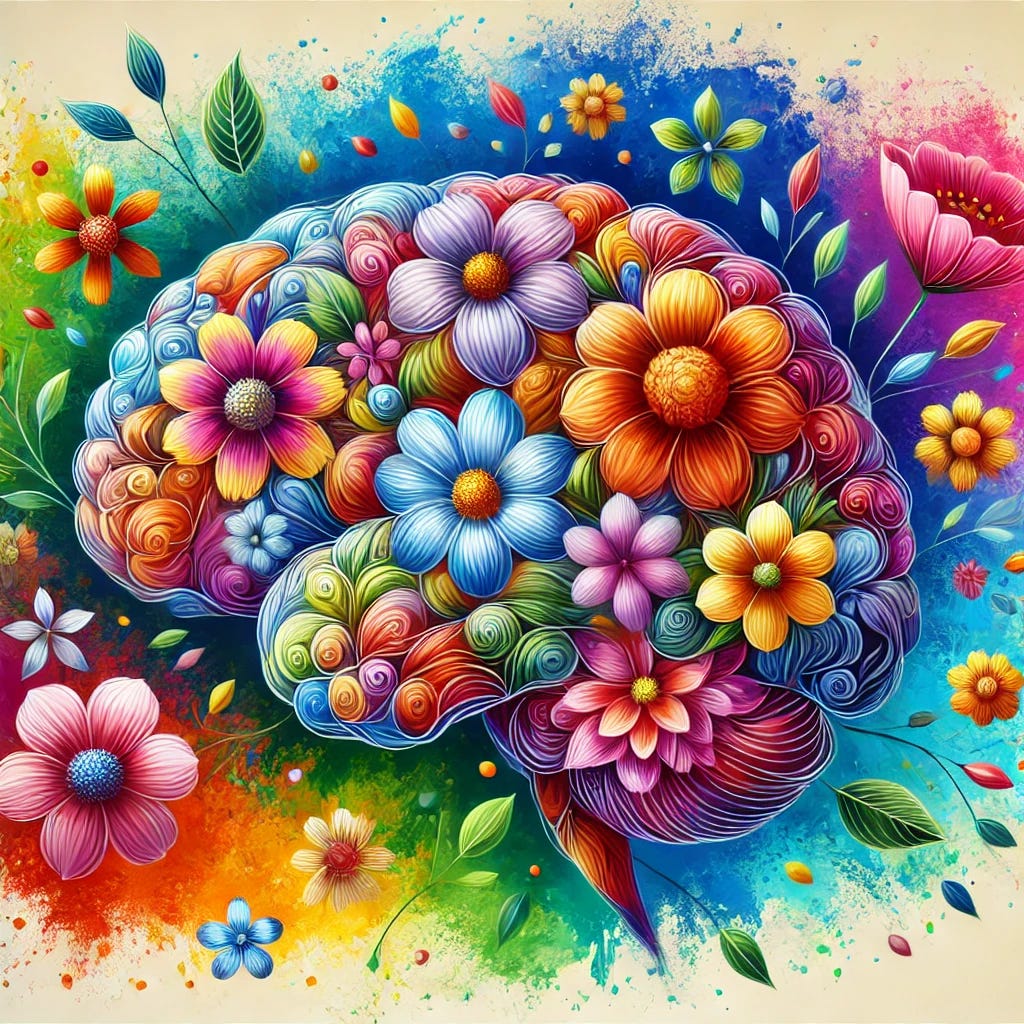ADHD is often understood through one of two models: the cognitive deficit model or the cognitive difference model. These frameworks shape how ADHD is perceived, discussed, and treated. Understanding them is vital because the model we embrace influences everything from self-perception to interventions and societal attitudes toward ADHD.
Why is This Important to Talk About?
The cognitive deficit model can perpetuate stigma and the notion that neurodivergence is inherently "broken."
Conversely, the cognitive difference model offers a more empowering lens, framing ADHD traits as natural variations in human cognition.
What You Need to Know About the Cognitive Deficit Model
The cognitive deficit model views ADHD as a disorder rooted in neurological impairments. This framework identifies dysfunctions in brain structure and function, emphasizing terms like “impairment” and “abnormalities.”
Key Features of the Cognitive Deficit Model:
✔️ Focus on Neuropathology
ADHD is explained through deficits in executive functioning, attention regulation, reward processing, and motivation.
✔️ Treatment Goals
Interventions aim to correct or compensate for these deficits through medication, therapy, or skills-based coaching. The ultimate goal is to make individuals with ADHD more like the neurotypical person, who is assumed to be the “whole” or “healthy” standard.
✔️ Language of Disorder
ADHD-related traits are framed as “problems” that need fixing. This reinforces the perception of ADHD as a deviation from the norm rather than a valid way of functioning.
What You Need to Know About the Cognitive Difference Model
The cognitive difference model challenges the deficit perspective. Instead of viewing ADHD as a disorder, it frames it as a natural variation within human cognition. This model is aligned with the neurodiversity paradigm, which promotes the idea that there isn’t one “right” way for brains to work.
Key Features of the Cognitive Difference Model:
🌹 ADHD as a Variation, Not a Disorder
Challenges arise not from inherent deficits but from the mismatch between neurodivergent cognition and neurotypical societal expectations.
🌹 Strengths-Based Perspective
ADHD traits like creativity, hyperfocus, and divergent thinking are strengths in the proper contexts, such as entrepreneurship or innovative problem-solving.
🌹 Focus on Accommodation
The goal is to build environments and systems that celebrate and support neurodiversity rather than forcing conformity.
🌹 Empowering Language
Instead of “impairments,” this model uses affirming terms like “differences” or “unique abilities.”
How the Cognitive Deficit Model Shapes ADHD Research
The cognitive deficit model drives research focused on structural and functional differences in ADHD brains, emphasizing dysfunction. This model underpins research that asks:
🟣What causes this dysfunction?
Researchers focus on identifying biological “deficits,” such as differences in brain regions like the prefrontal cortex, thought to underlie executive dysfunction. They also investigate disruptions in dopamine and norepinephrine pathways to explain behaviors like inattention, impulsivity, and hyperactivity.🟣How do we fix this dysfunction?
Interventions developed within this framework aim to correct or compensate for these “deficits.” This often means pharmacological treatments to normalize neurotransmitter activity and behavioral therapies designed to enforce neurotypical standards of focus, organization, and impulse control.🟣How can individuals with ADHD be made more ‘whole’?
The model assumes that the neurotypical brain represents a healthy or ideal state. Research under this paradigm focuses on aligning individuals with ADHD to these standards, framing ADHD traits as liabilities that must be minimized.
This deficit-driven approach frequently pathologizes ADHD, ignoring the broader systemic and environmental factors that exacerbate challenges. By viewing ADHD solely as a malfunction, this research neglects the lived experiences, strengths, and diversity of those with ADHD, reinforcing the stigma that they are inherently “less than” neurotypical individuals.
How the Cognitive Difference Model Shapes ADHD Research
In contrast, the cognitive difference model reframes ADHD as a natural variation in cognition, focusing on understanding and supporting neurodivergent minds. This paradigm fosters research that seeks to appreciate the complexity of ADHD beyond the language of disorder.
🟣How does neurodivergent cognition function?
Instead of focusing on “dysfunction,” researchers explore how ADHD brains operate differently. This includes studying traits like hyperfocus, spontaneous creativity, and rapid problem-solving under conditions of high interest or novelty.🟣What are the strengths of ADHD?
This research highlights contexts where ADHD traits excel. Studies explore how divergent thinking, impulsivity, and non-linear problem-solving contribute to innovation in fields like entrepreneurship, art, and science.🟣How can environments support neurodiversity?
The cognitive difference model prioritizes systemic changes to accommodate ADHD, such as redesigning workplaces, classrooms, and societal structures to embrace cognitive differences rather than forcing individuals to conform to neurotypical expectations.🟣What role does bias play?
This framework highlights how societal expectations and stigma exacerbate ADHD challenges. Investigating external barriers rather than internal faults shifts focus to creating inclusive systems that allow neurodivergent individuals to thrive.
This model celebrates ADHD as part of the spectrum of human diversity, emphasizing the value of inclusion and accommodation over normalization.
Why This Matters
How ADHD is researched and understood has profound implications for how individuals understand themselves.
The cognitive deficit model dominates much of ADHD research, shaping a narrative that frames ADHD as a set of problems to be fixed. This approach reinforces stigma, marginalizing the voices and experiences of those who identify as neurodivergent.
The cognitive difference model provides a more empowering alternative, emphasizing strengths and advocating for societal change to accommodate diverse minds.
Let's start to reject the deficit narrative and embrace the value of neurodiversity.
I’m a therapist of 30 years now working with audhd and adhd women.






